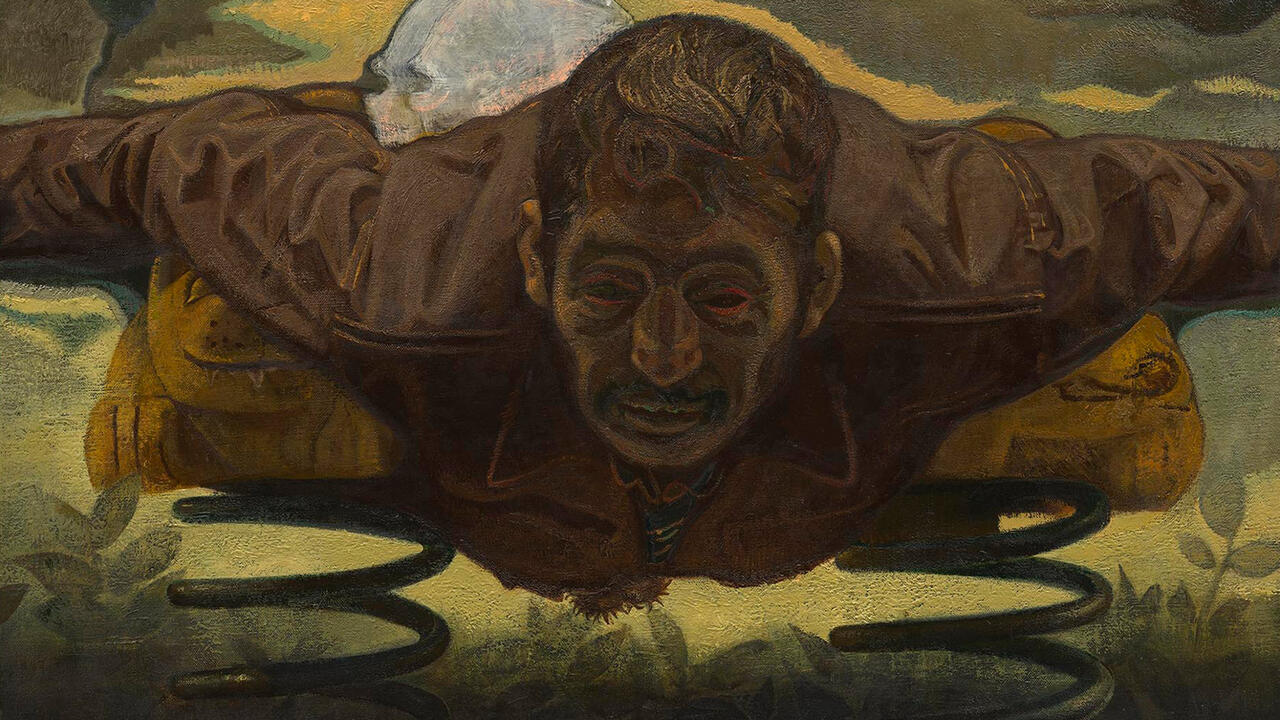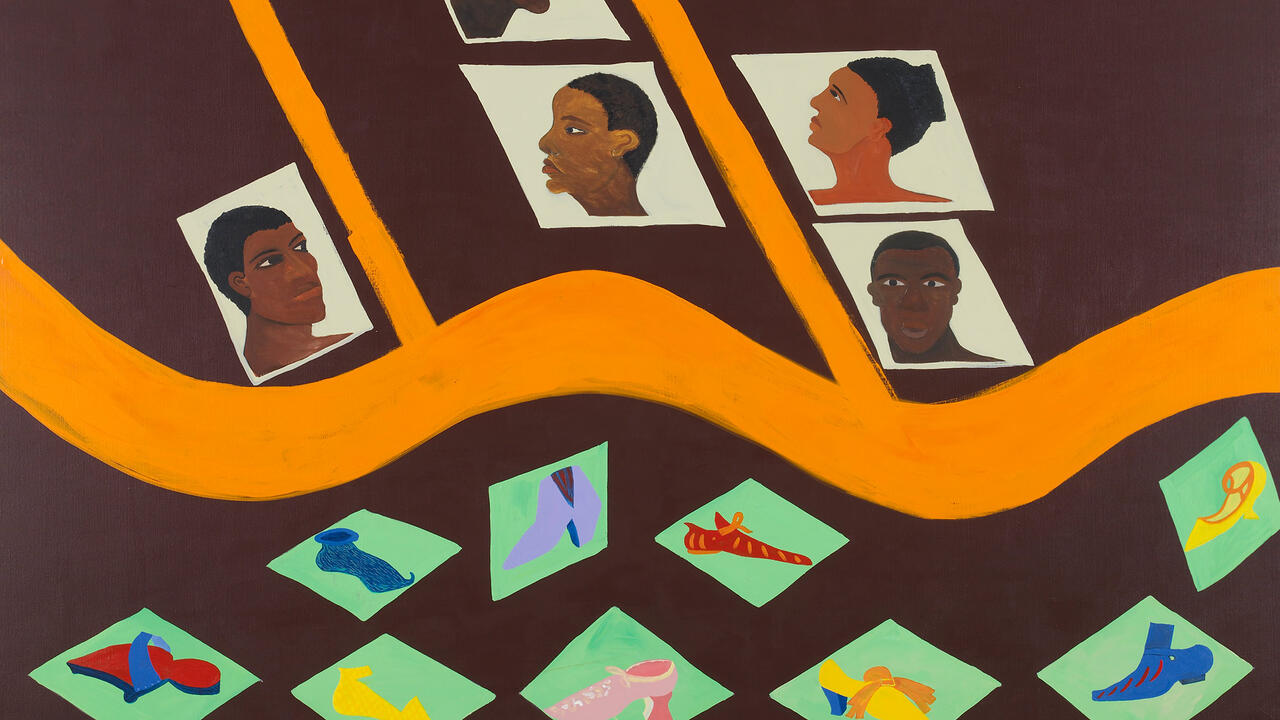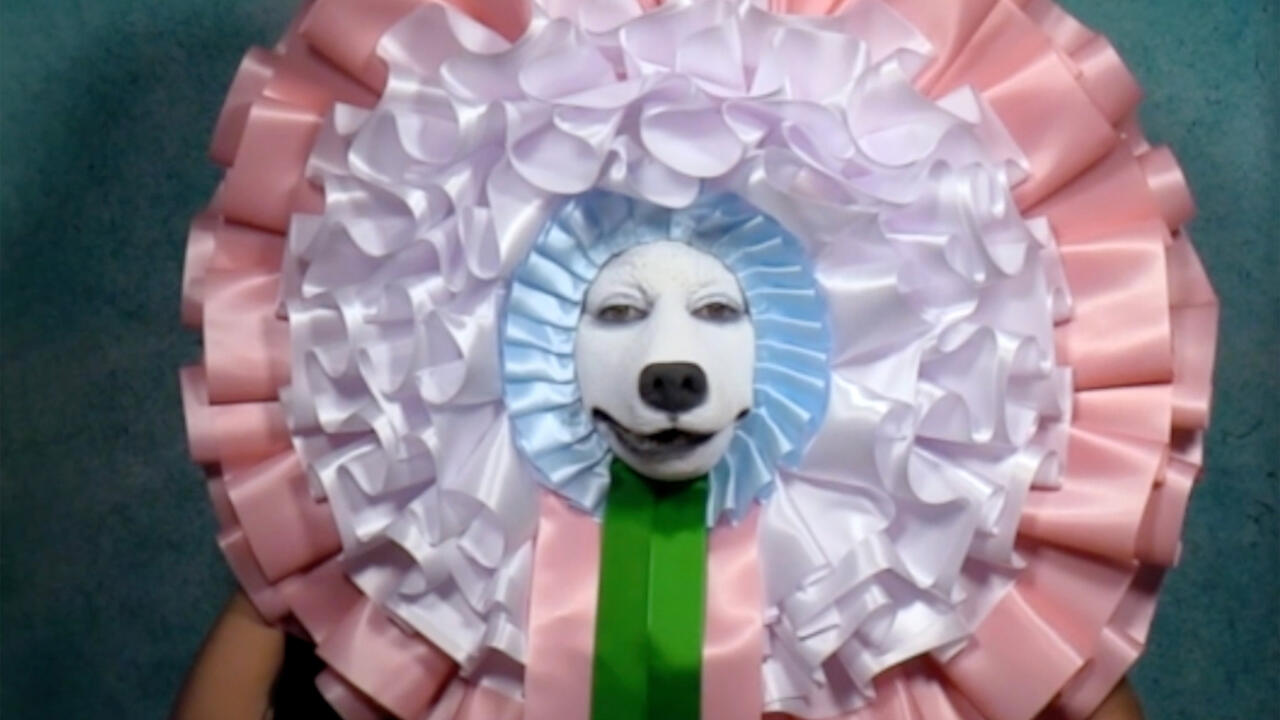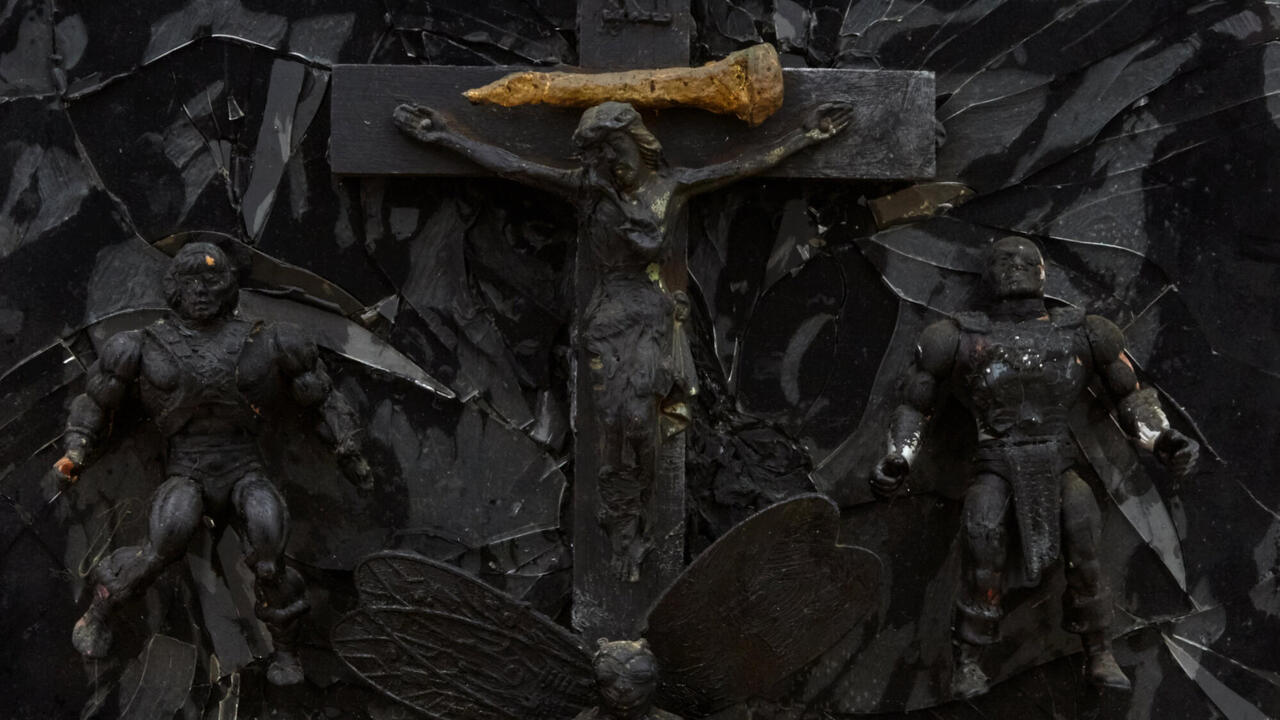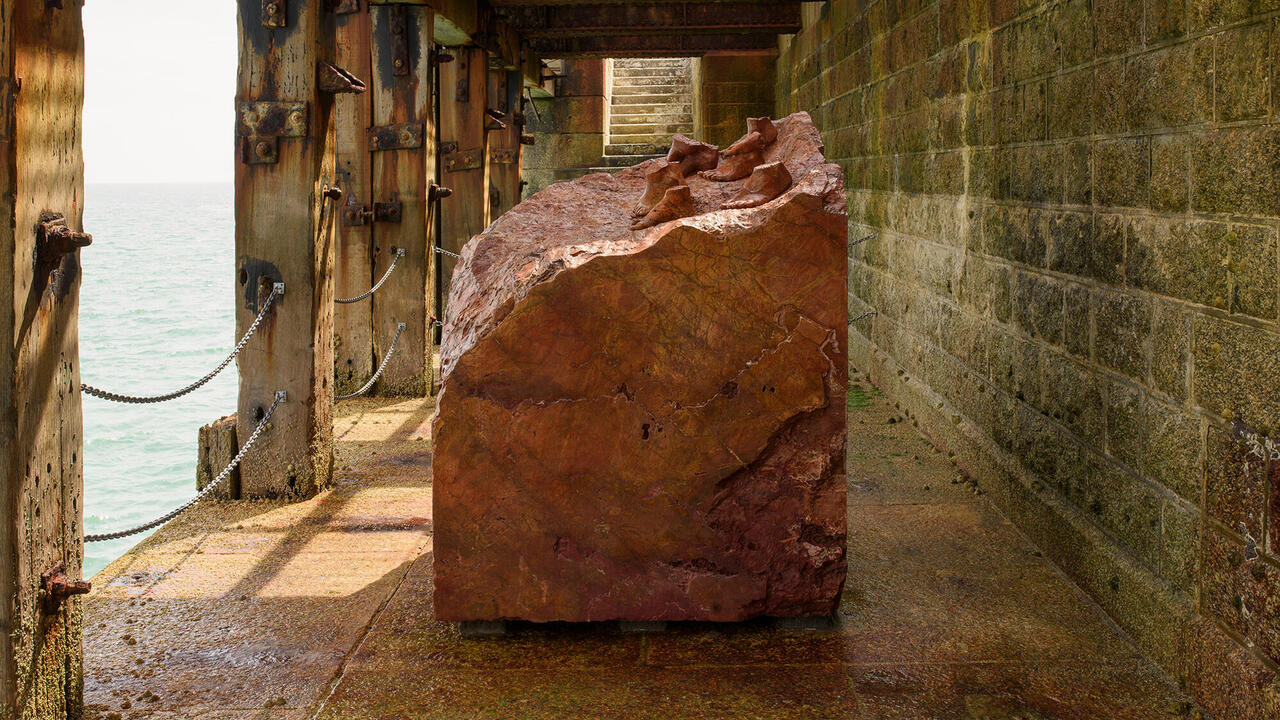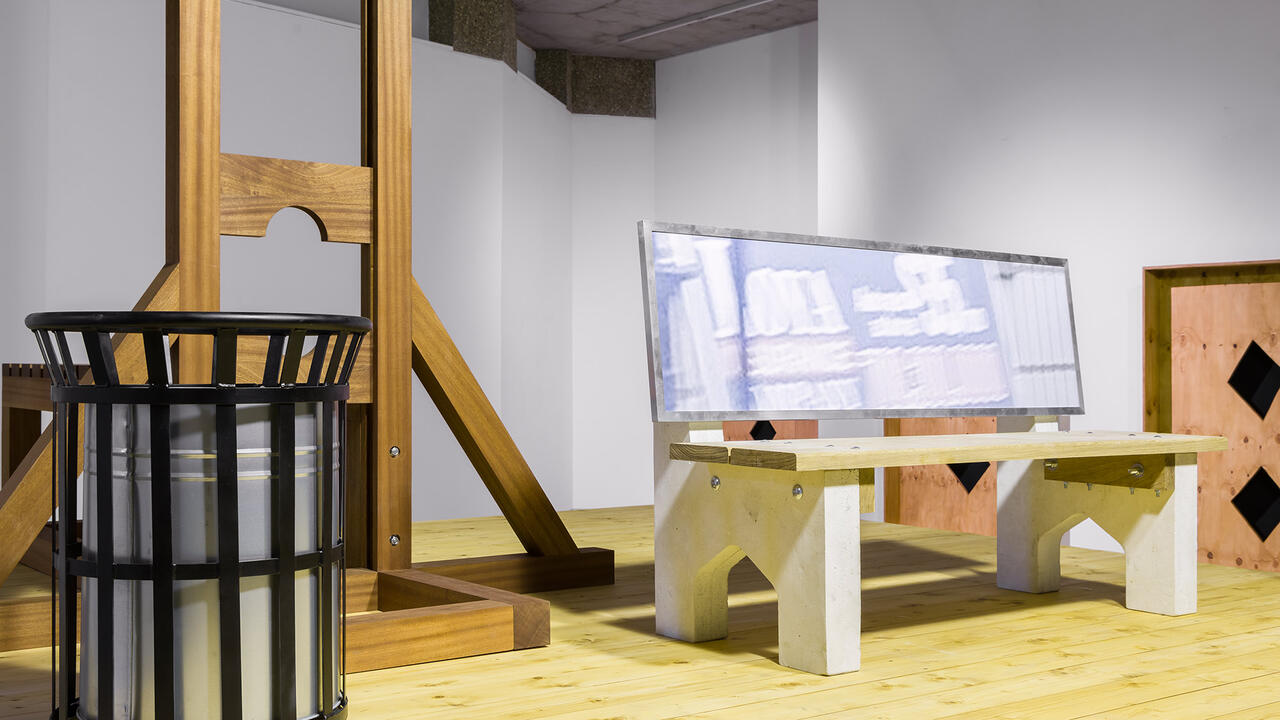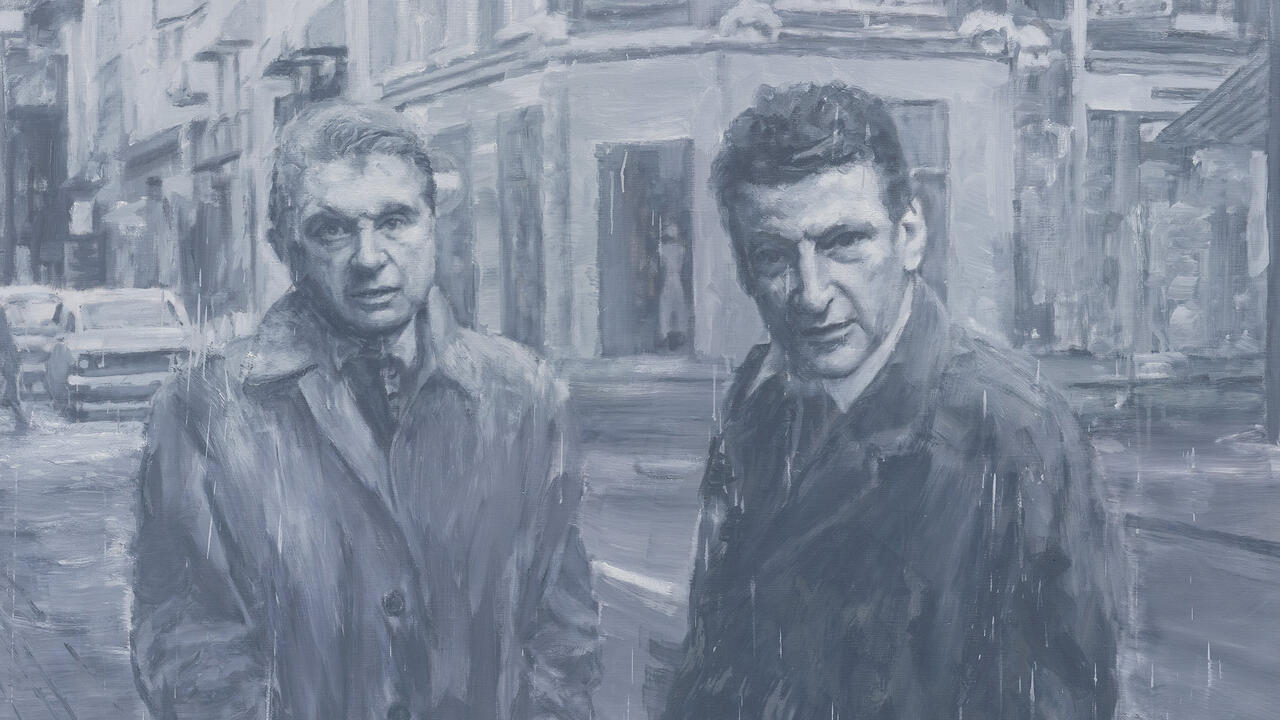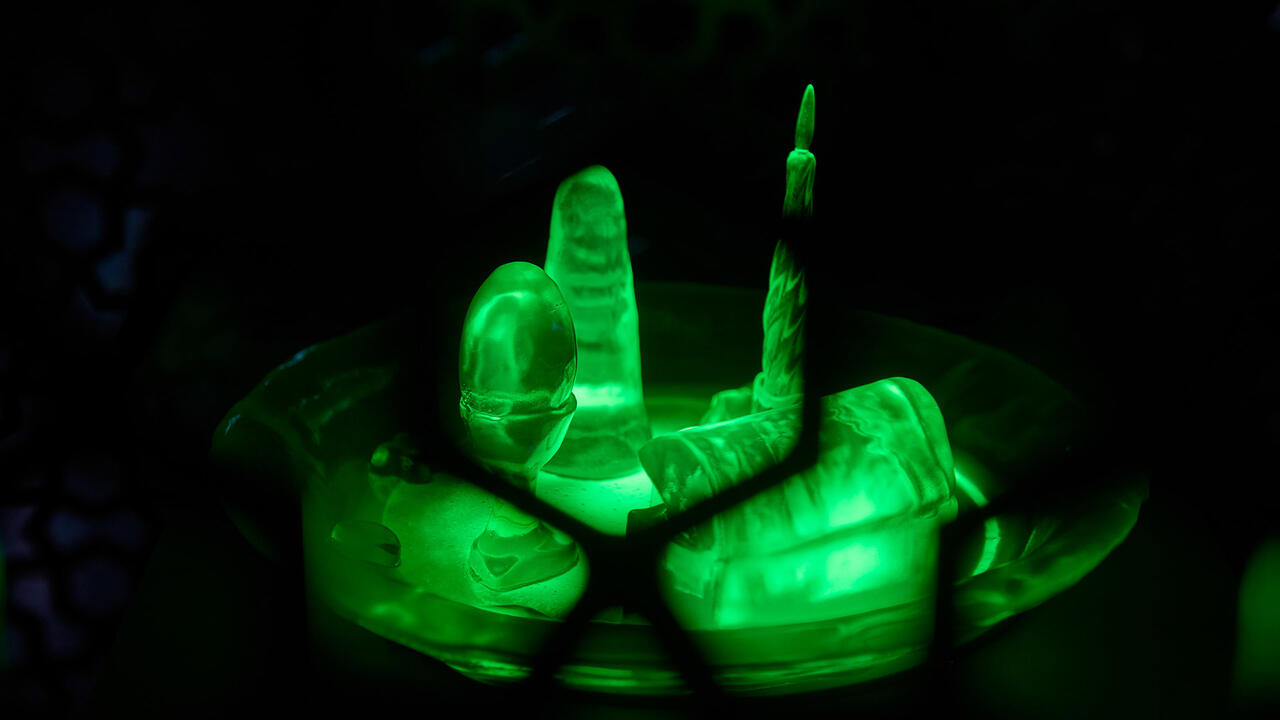Carlo Crivelli: Italian Renaissance Outlier
Jonathan Watkins’s triumphant swansong, after 23-years at the helm of Ikon Gallery, Birmingham, is the kind of historical show normally reserved for big public institutions
Jonathan Watkins’s triumphant swansong, after 23-years at the helm of Ikon Gallery, Birmingham, is the kind of historical show normally reserved for big public institutions

It is part of Carlo Crivelli’s legend that he was an oddball – an outlier in the history of 15th-century Italian art. Giorgio Vasari did not see fit to mention him in his compendious Lives of the Artists (1550), and later critics took the cue to omit him from their own renaissance stories too. He simply did not ‘belong to a movement of constant progress’, Bernard Berenson remarked in his Italian Painters of the Renaissance (1930). For Martin Davies, writing in the 1972 guide to the National Gallery’s Crivelli collection, his work was ‘devoid of illuminating experiences’, despite its ‘strong decorative sense’. He deemed the artist’s career in the Marche ‘an agreeably high-class holiday’ from real aesthetic striving. Alongside his contemporary and Venetian compatriot Giovanni Bellini, Crivelli appeared as an aesthetic dead end.

Confronted with Crivelli’s work, it is easy enough to see why art historians baulked at incorporating him into a conventional renaissance teleology. His paintings are often, to put it simply, weird. His saints and virgins are almost insect-like: sharp-featured and narrow-eyed, fingers and toes fine to the point of attenuation, their poses articulated with a sinewy stillness. His Saint Mary Magdalene (c. 1491–94) looks out from a small altarpiece panel with an inscrutable sideways glance, one ivory hand displaying a golden jar, the other delicately lifting the hem of a rich mantle. Her foot is poised as if she is about to step out of her niche, but the overall effect is of a living mannequin: unmoving. However, the feeling is not of an imperfectly executed naturalism, but rather of a wholly deliberate mannerism, expressive of a brilliance all its own. This jewel of a show, ‘Shadows on the Sky’, curated by Ikon director Jonathan Watkins and Crivelli expert Amanda Hilliam, does everything to reinforce this impression.

While Crivelli’s figuration is striking, it is his backgrounds that display his strange brilliance most vividly. That ‘strong decorative sense’ expresses itself in settings that are simultaneously stylized and hyperrealist, rich in trompe l’oeil effects that seem designed to dazzle and confuse. Crivelli seems unable to resist, even in his smallest, least hectic pieces. Saint Catherine of Alexandria (c. 1491–94), which hangs beside Saint Mary Magdalene, stands in her niche perhaps a foot tall, perfectly scaled down from life. On the stone beside her rests a fly, exquisitely rendered, not at Catherine’s scale, however, but at the viewer’s, such that its naturalism undoes hers. As Watkins phrased it in ‘Untricking the Eye: The Uncomfortable Legacy of Carlo Crivelli’ (1988), Crivelli is interested not just in tricking the eye, but in ‘untricking’ it too: creating realistic effects with one hand and turning them inside out with the other. On the grander scale of The Annunciation with Saint Emidius (1486) or The Vision of the Blessed Gabriele (c.1489), the effect is even more extraordinary. Crivelli’s is a world in which a painted garland can cast shadows on a painted sky. Assembled in the intimacy of Ikon’s galleries and wittily paired with contemporary sculptures by Susan Collis, these paintings exert their pull more strongly than ever.

‘Shadows on the Sky’ is extraordinary for more than just the art on display, though. It is a remarkable triumph for Ikon to put on the kind of historical show normally reserved for big public institutions. Made possible by the receipt of the inaugural Ampersand Foundation Award, designed to help institutions realize ‘their dream exhibition’, it also comes as a fitting culmination to Watkins’s 23-year tenure as Ikon’s director. As he moves on from the gallery in October, ‘Shadows on the Sky’ will have viewers wondering where Watkins and Ikon alike can possibly go next.
Carlo Crivelli ‘Shadows on the Sky’ is at Ikon Gallery, Birmingham, until 29 May
Main image: Carlo Crivelli, The Annunciation, with Saint Emidius (detail), 1486, egg and oil on canvas, 2.1 × 1.5 cm. Courtesy: © The National Gallery, London











